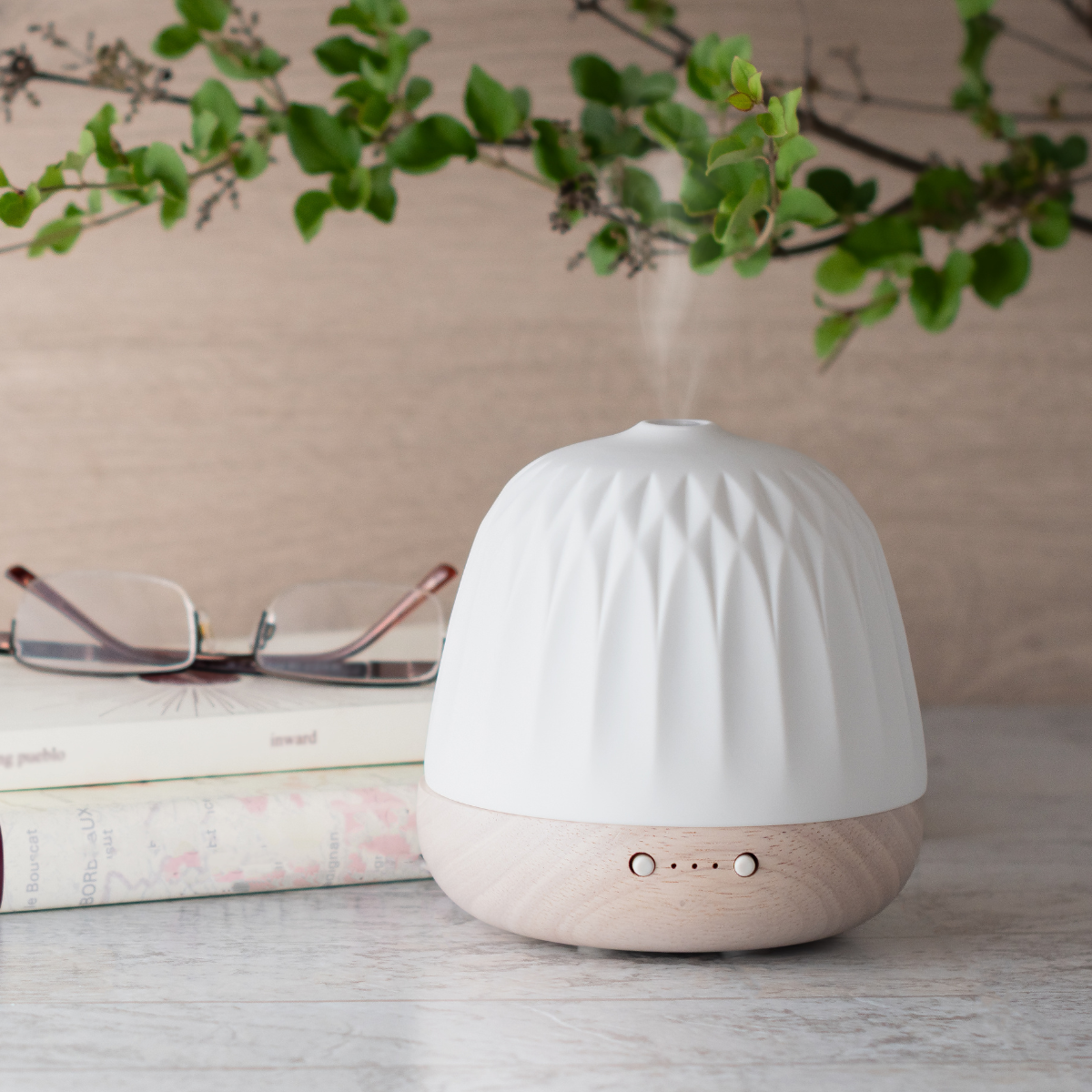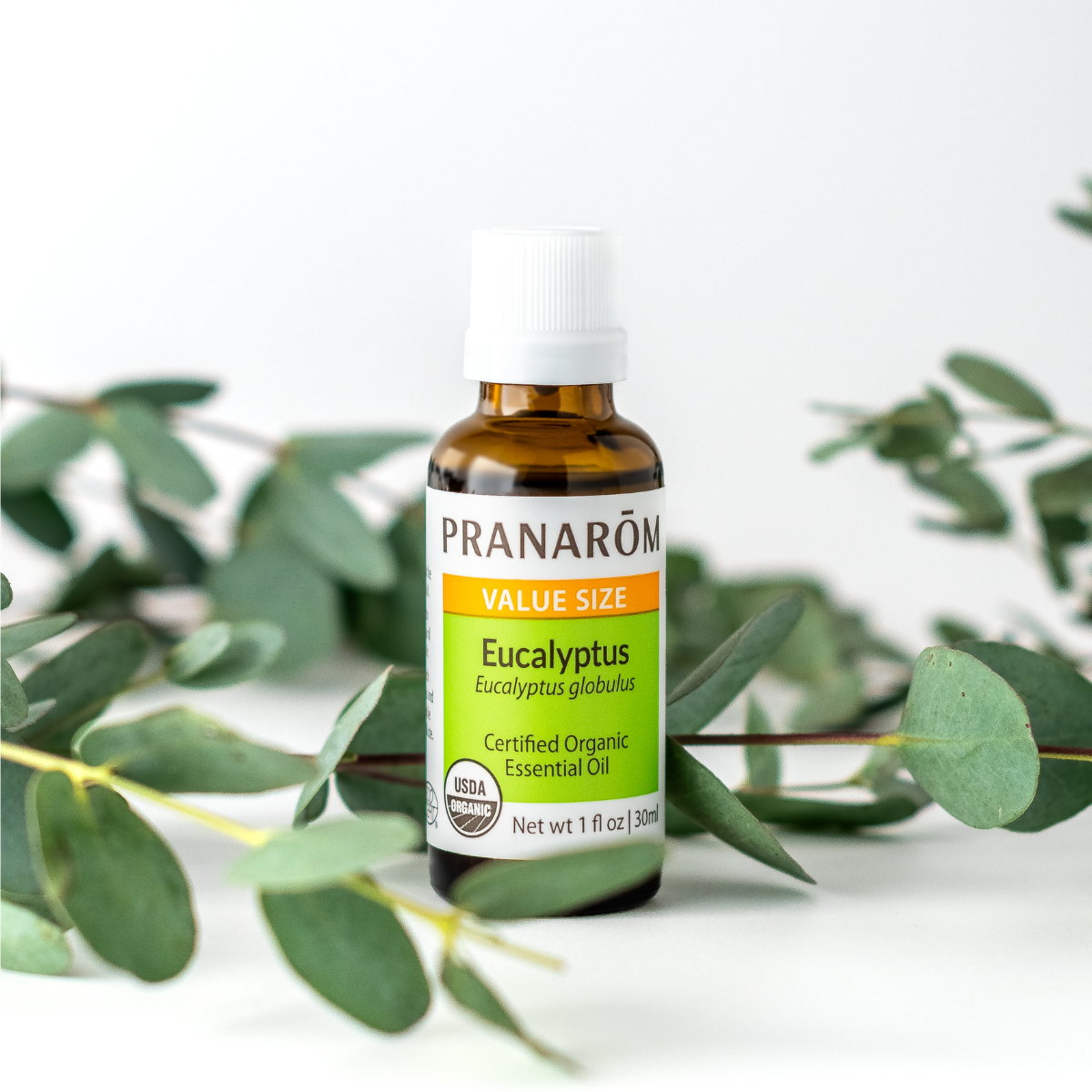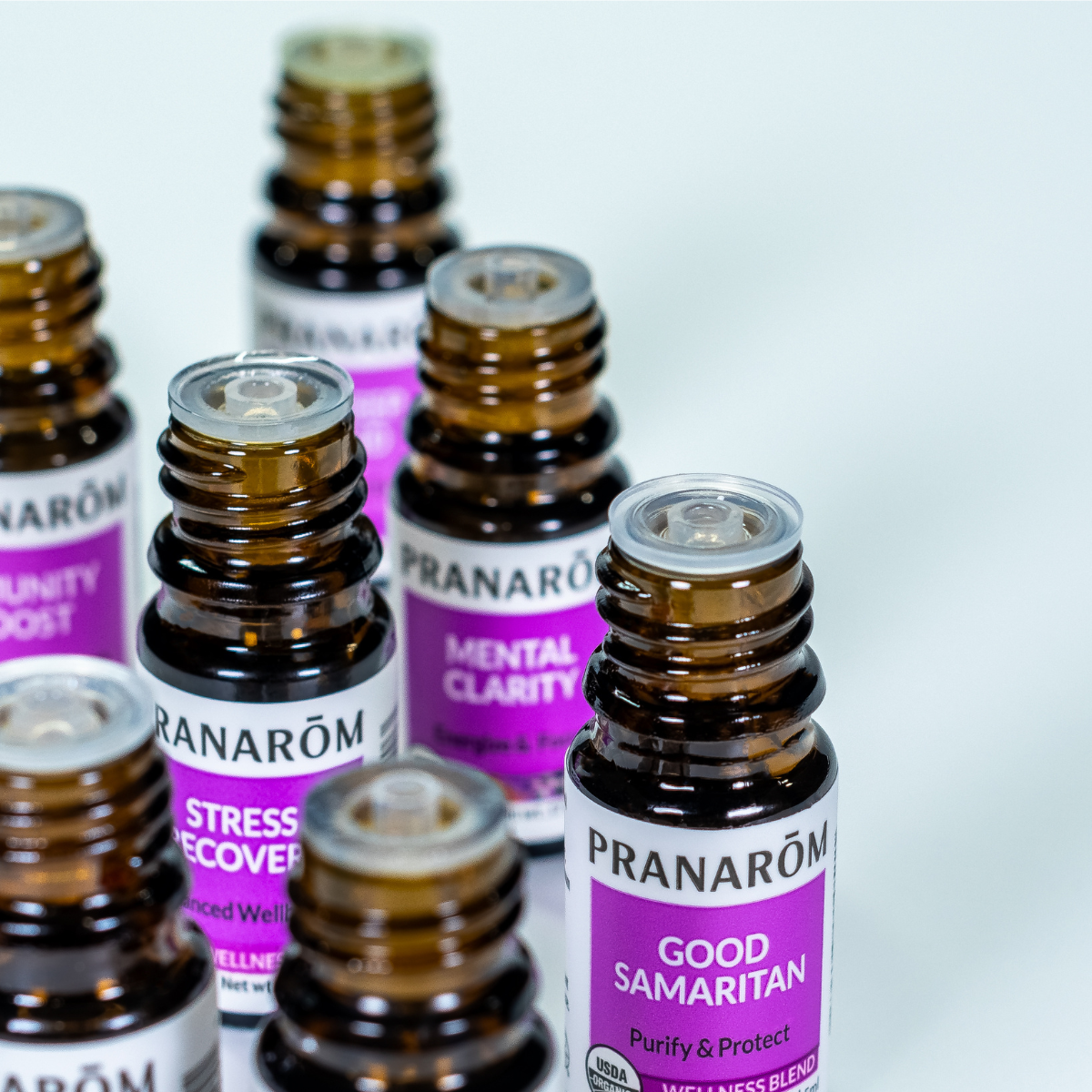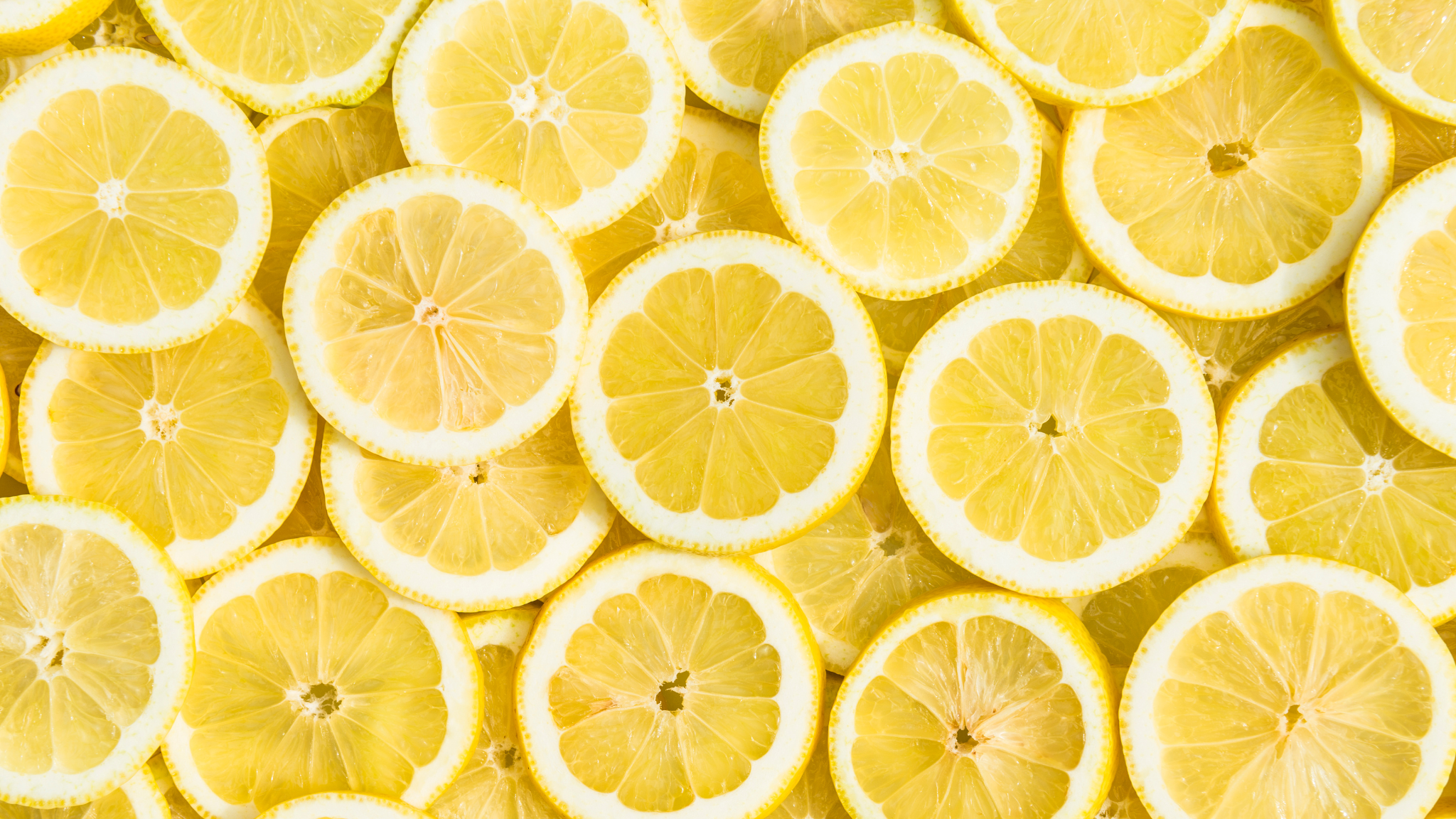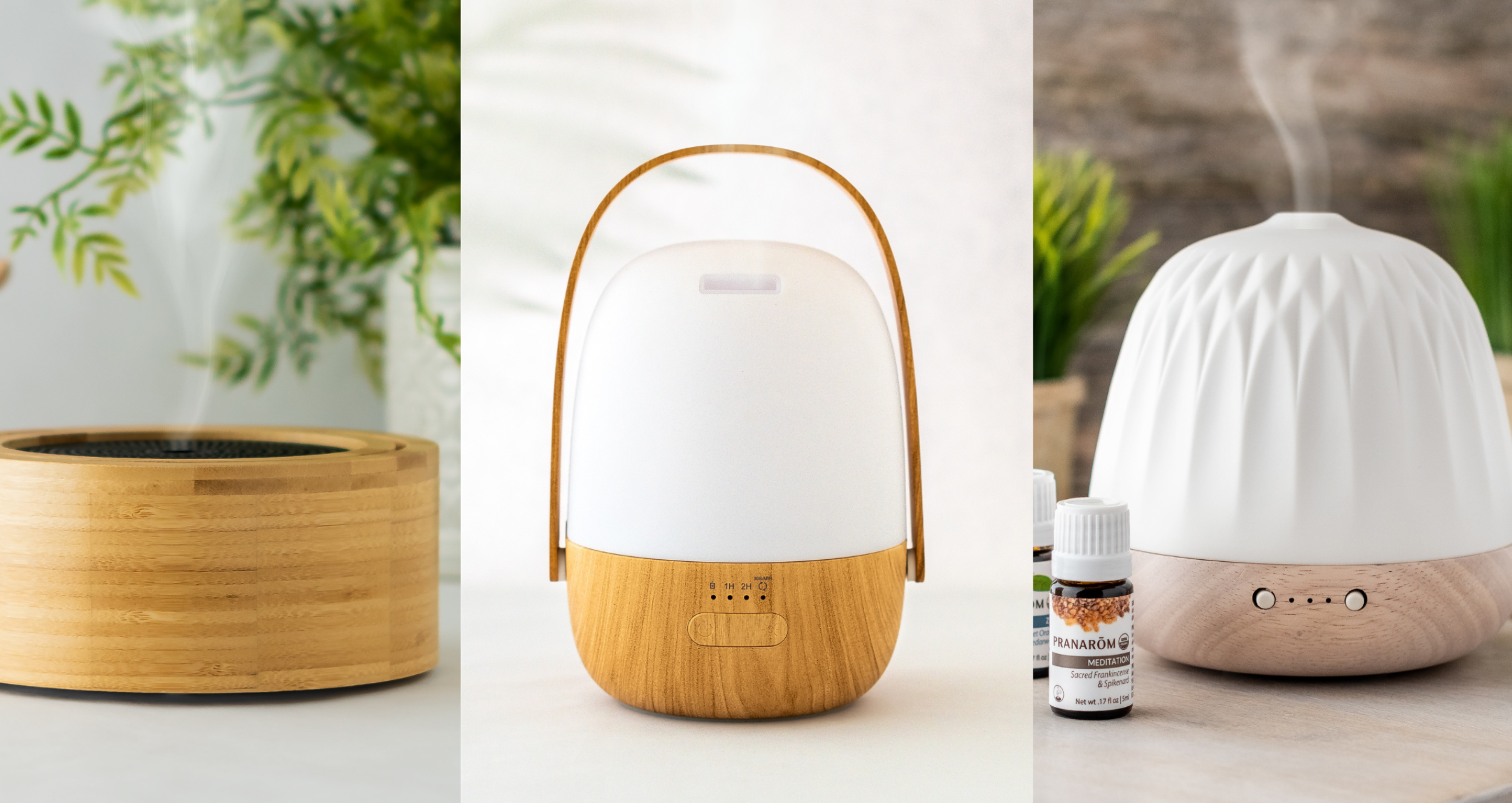There’s nothing quite like the long, sunny days of summer when we spend hours out of doors, enjoying nature from morning to night. But while we love the warmth, light and fresh air, it’s very easy for our skin to be damaged.
Why should I use hydrosols?
After your skin has been exposed to the sun, it needs to breathe. This is especially true if you’re feeling a little sunburned. In this case, you want to apply something that doesn’t seal the heat in, but rather cools the skin while calming the area and promoting healing. This is where hydrosols really shine.
Hydrosols contain the water soluble elements of a plant. When plant material is steam distilled to produce essential oils, hydrosols are produced as the co-product. This botanical water delivers many of the same benefits that essential oils do, but in a much more gentle way.
When we apply hydrosols to sun-kissed skin, the water-suspended plant molecules go to work on the heated, damaged skin, cooling & calming it down. What you feel is an instant refreshing sensation.
Here are three of our favorite hydrosols for after-sun care:
Helichrysum is studied for its anti-inflammatory potential and protective action against UV rays [1][2]. Whenever there is redness, itchiness or any kind of discomfort on the skin, helichrysum is a great option.
Well-known for its calming benefits, lavender hydrosol is a must-have for sunburns. Uber gentle, it works quickly to soothe discomfort and promote the healing process [3].
Peppermint's main constituent, menthol, is what gives you the instant icy effect when applied topically. This not only has a cooling effect on the skin, but also, according to studies, has the potential to act as a topical analgesic [4].
Store your after-sun hydrosols in the refrigerator and spritz them liberally on your body, face and scalp. Hydrosols can also be blended with aloe vera juice for added benefits.
References
[1] Pekmezci E, Türkoğlu M. The Effects of Helichrysum italicum Extract on the Extracellular Matrix of the Skin. Acta Med Acad. 2023 Dec;52(3):182-187. doi: 10.5644/ama2006-124.425. PMID: 38407084; PMCID: PMC10945318.
[2] Antunes Viegas D, Palmeira-de-Oliveira A, Salgueiro L, Martinez-de-Oliveira J, Palmeira-de-Oliveira R. Helichrysum italicum: from traditional use to scientific data. J Ethnopharmacol. 2014;151(1):54-65. doi: 10.1016/j.jep.2013.11.005. Epub 2013 Nov 14. PMID: 24239849.
[3] Samuelson R, Lobl M, Higgins S, Clarey D, Wysong A. The Effects of Lavender Essential Oil on Wound Healing: A Review of the Current Evidence. J Altern Complement Med. 2020 Aug;26(8):680-690. doi: 10.1089/acm.2019.0286. Epub 2020 Jun 24. PMID: 32589447.
[4] Pergolizzi JV Jr, Taylor R Jr, LeQuang JA, Raffa RB; NEMA Research Group. The role and mechanism of action of menthol in topical analgesic products. J Clin Pharm Ther. 2018 Jun;43(3):313-319. doi: 10.1111/jcpt.12679. Epub 2018 Mar 10. PMID: 29524352.

